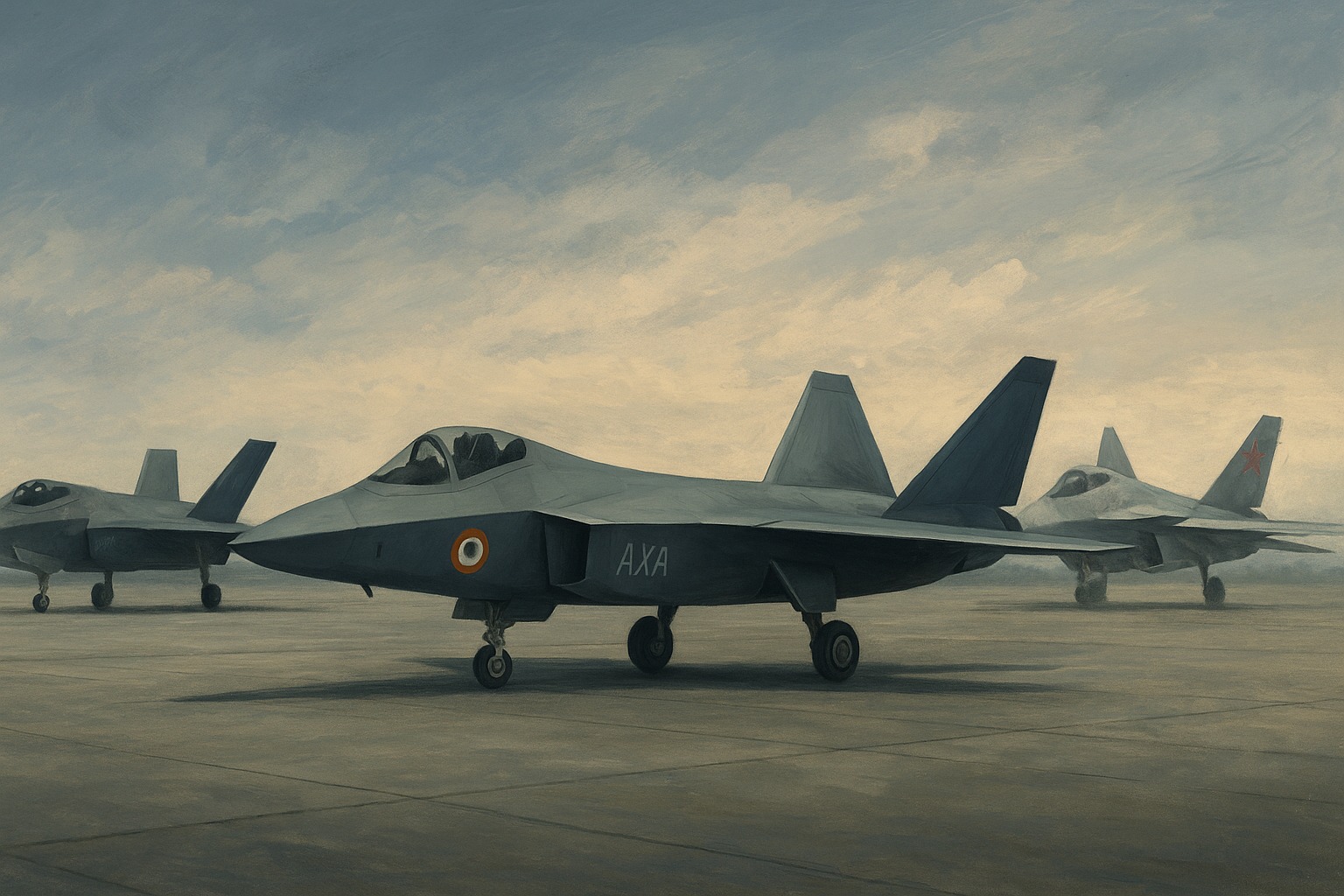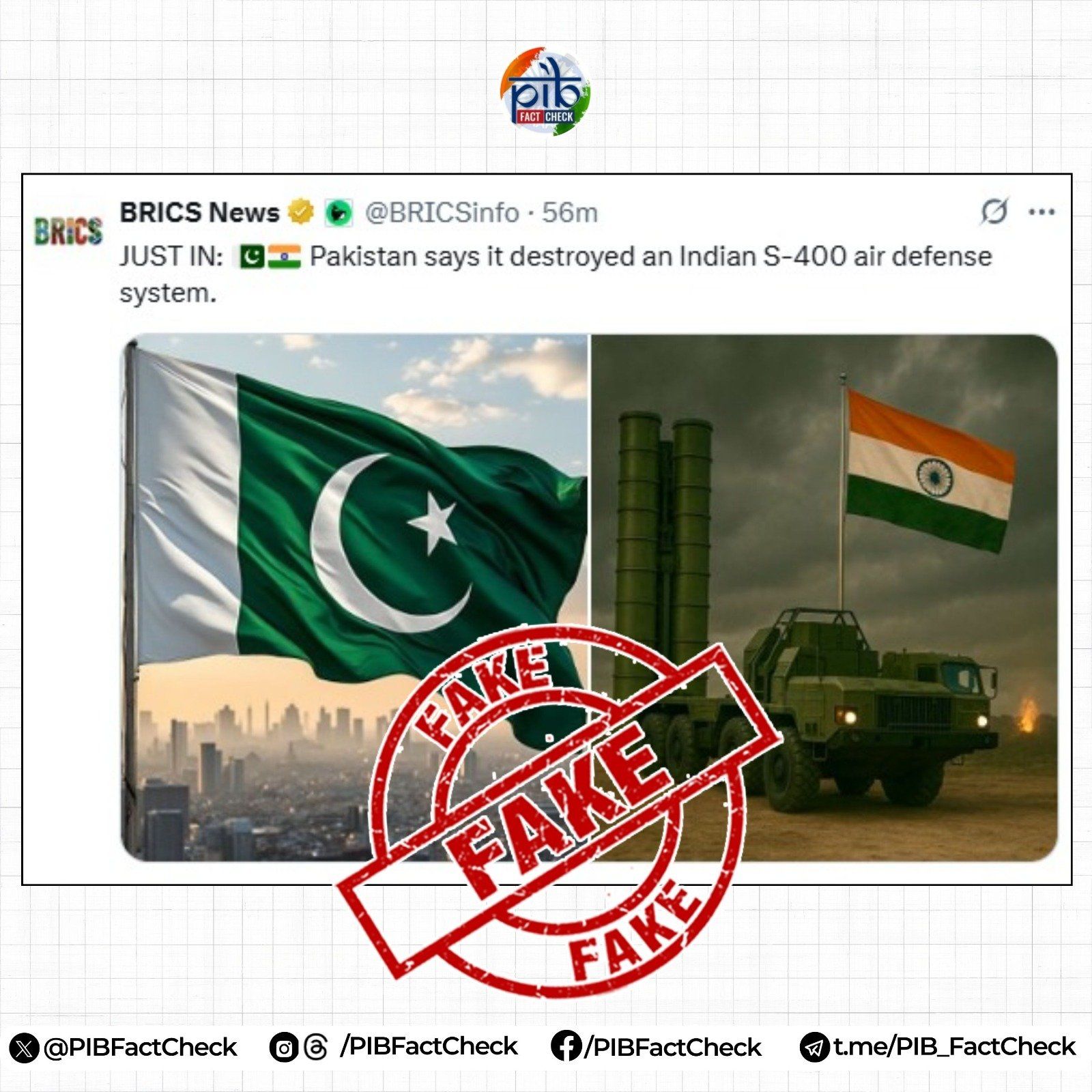Why India Should Reject F-35 and Su-57, and Focus on Building Its Own 5th Gen Fighter Jet

AI-generated by DALL·E, OpenAI
India’s strategic autonomy, growing defence manufacturing capacity, and unique security requirements demand a long-term vision and not tactical stopgap measures.
Amid the recent crash of an F-35 fighter jet in California and persistent doubts over the Russian Su-57’s viability, India faces a key decision: whether to import fifth-generation fighters or invest in developing its own, the Advanced Medium Combat Aircraft (AMCA).
The right path is clear: India must avoid buying either the American F-35 or Russian Su-57, and instead double down on building its indigenous 5th-generation stealth jet.
F-35: A High-Tech Lemon?
The F-35 Lightning II, despite its cutting-edge stealth, sensors, and data fusion capabilities, has become increasingly controversial, both in the United States and among international operators. The recent crash near Naval Air Station Lemoore, following a series of accidents and malfunctions over the years, is only the latest in a long list of reliability issues.
Even more damning is the fact that a British F-35 was grounded in Kerala for over 40 days after an emergency landing in June, highlighting not just technical problems but also poor adaptability to real-world operational challenges.
That incident became the subject of mockery, with Kerala Tourism capitalising on the irony. For a platform that costs over $100 million per unit, such a logistical and operational handicap is unacceptable, especially for India, which needs fighters capable of quickly dispersing and operating from austere or forward bases.
Moreover, the F-35 comes with political strings attached. Washington has historically used arms sales to enforce foreign policy compliance. India’s current reluctance to purchase the F-35 is also tied to Donald Trump’s renewed tariff threats.
While the US demands that India cancel Russian deals and buy more American hardware, delays in the delivery of already ordered platforms and the F-35’s export restrictions make it a poor fit for India’s sovereignty-first defence doctrine.
Su-57: A Paper Dragon?
On the other end is Russia’s Su-57 Felon, a 5th-generation fighter with considerable theoretical promise: supercruise, super-manoeuvrability, and partial stealth. However, its development has been riddled with delays, budget cuts, and technological shortcomings.
India’s previous involvement in the joint FGFA (Fifth Generation Fighter Aircraft) programme with Russia was shelved in 2018 due to dissatisfaction over technology transfer and concerns about stealth and radar cross-section.
Despite Russian claims, the Su-57 lacks a mature production line, and few have been inducted even into the Russian Air Force. With its prototype-stage engines, incomplete sensor fusion, and lack of global support infrastructure, the Su-57 simply does not match the expectations of a full-spectrum 5th-generation platform.
Why AMCA is the Strategic Choice?
India’s AMCA programme, though not expected to deliver an operational squadron before 2035, represents a long-term investment in self-reliance, innovation, and security. The AMCA is being developed with an open architecture design, modular systems, and a focus on stealth, sensor fusion, and future adaptability. It is also likely to integrate Indian-made AESA radars, indigenous electronic warfare systems, and in later variants, even Indian-made engines.
Developing AMCA will not only make India self-sufficient in high-end combat aviation but will also generate thousands of skilled jobs, catalyze aerospace R&D, and enhance India’s global standing as a military-tech producer, not just a buyer.
Furthermore, joint development options with friendly partners like France or the UK remain open. India’s cautious but firm stance on joint development, rather than off-the-shelf purchases, was clearly communicated to the US after Trump offered the F-35 during PM Modi’s recent visit.
Interim Measures to Bridge the Gap?
India does need a stopgap solution until AMCA arrives, but that gap can be filled with the Tejas Mk2, Rafale-M for the Navy, and additional 4.5-generation squadrons for the IAF. These are mature platforms, already integrated into India’s logistics and support chains, and come without the baggage of 5th-gen dependency or geopolitical manipulation.
The F-35 and Su-57, while symbolising 5th generation aviation, are both plagued by serious reliability, strategic, and political risks. Rather than compromise on its sovereignty, strategic vision, or operational agility, India should stay the course with AMCA. India’s ambitions for technological and defence autonomy demand that it build, not buy, its future in the skies.







